Judy Chicago wins Best Fireworks: Wallpaper* Design Awards 2022
Judy Chicago wins Best Fireworks award for Forever de Young, her biggest ever public performance, staged at San Francisco’s de Young Museum. The epic work, created in collaboration with Pyro Spectaculars by Souza also adorns the limited-edition subscriber cover for the February 2022 issue
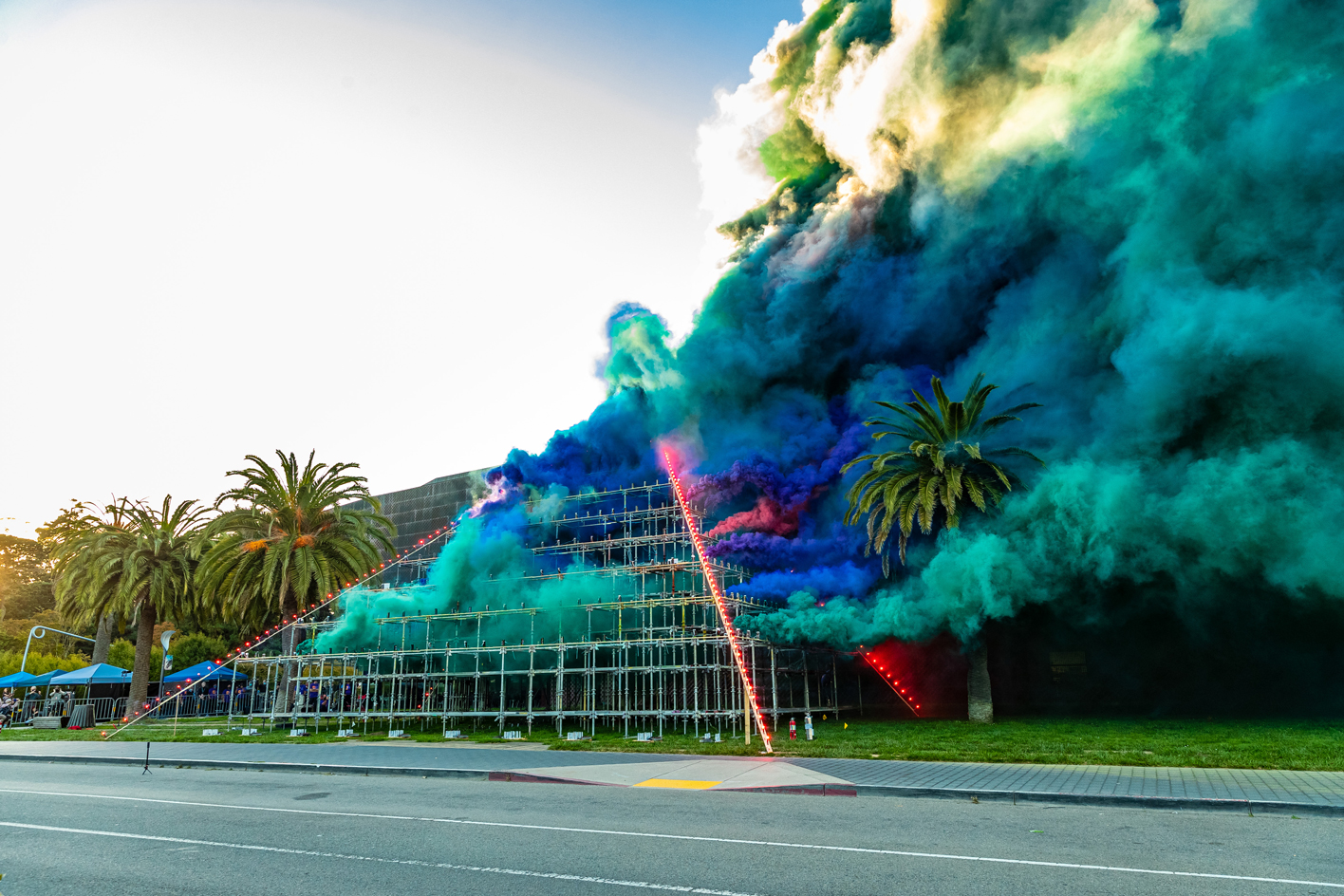
Judy Chicago’s career is defined by a fierce self-belief, prodigious creative flair, a zest for social justice, and a lot of smoke.
In the early days, she injected expression into the emotion-deprived landscape of 1960s minimalism and met acclaim, and notoriety, with The Dinner Party (1979), a work that shook the foundations of art history. What Chicago has created since has been no less prophetic, fearless or radical; it continues to unearth the untold facets of history and penetrate contemporary culture deeper than most will dare to.
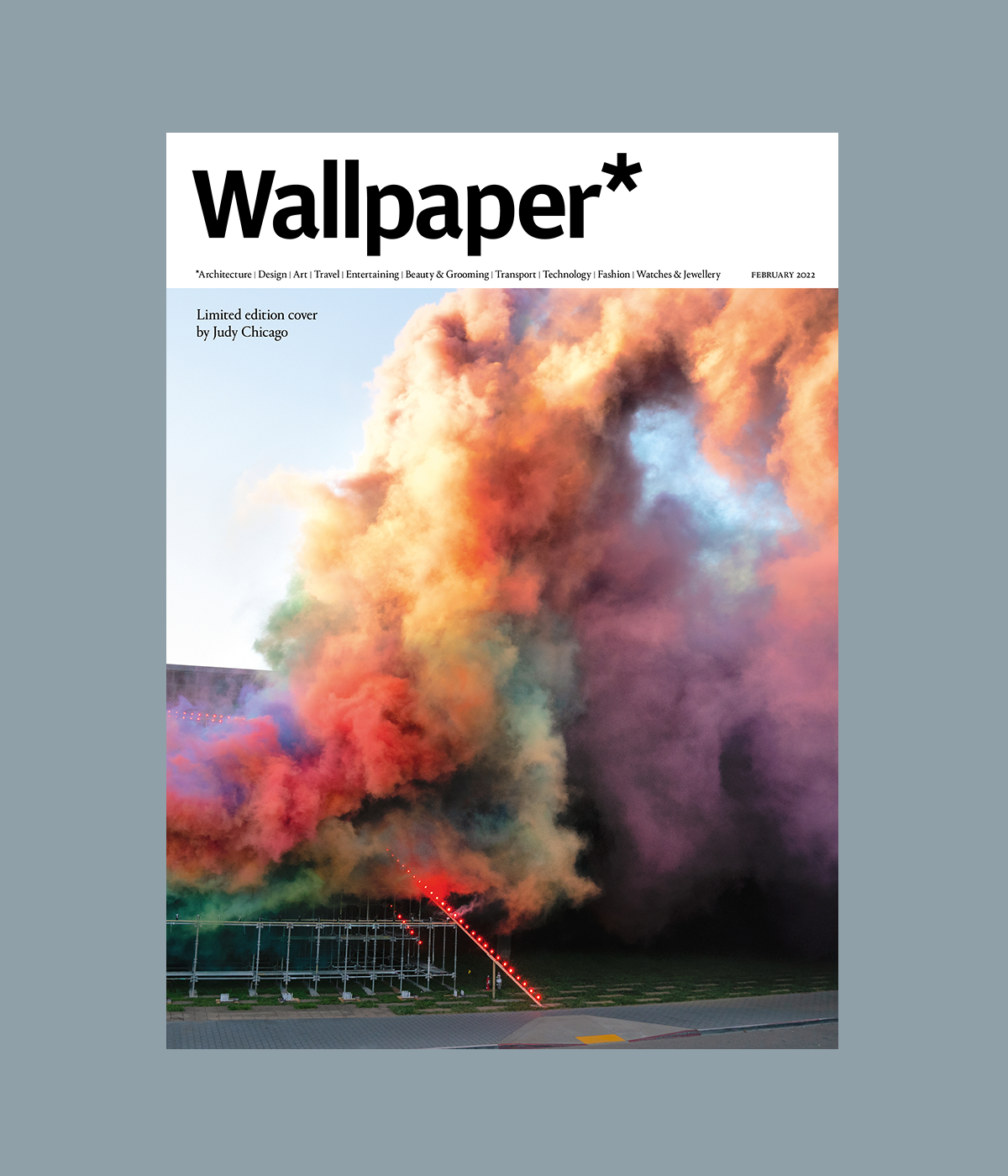
Judy Chicago’s limited-edition cover for Wallpaper’s February 2022 issue features Forever de Young, 2021, a fireworks performance in collaboration with Pyro Spectaculars by Souza. Staged on 16 October 2021 in front of the de Young Museum in San Francisco, Forever de Young was sponsored by philanthropist Jordan D Schnitzer, in memory of his late mother Arlene Schnitzer (1929-2020). Photography: Donald Woodman. Limited-edition cover © Judy Chicago/Artists Rights Society (ARS), New York
Chicago began her Atmospheres series in the 1960s. In these site-specific cinematic works, plumes of pigment gush the air, liberating colour from the rigidity of painting and sculpture. They were an unobtrusive, ephemeral reimagining of what land art could be, but also, as Chicago told us in a recent interview: ‘an effort to feminise and soften an exceedingly male-centred art scene.’
RELATED STORY
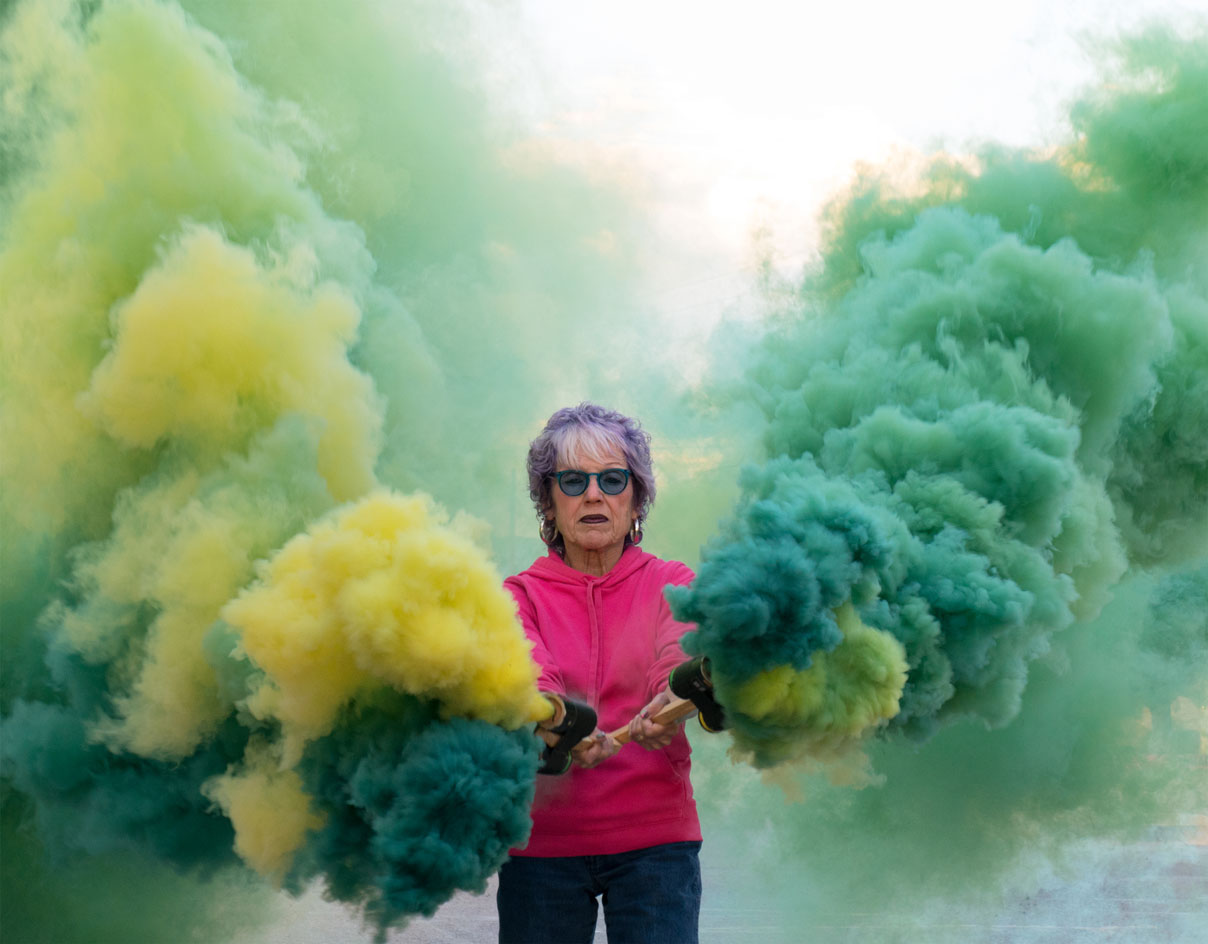
These days, Chicago’s adventures in pyrotechnics (including her recent contribution to our Artist’s Palate series) are no less dramatic. On 16 October 2021, in celebration of the artist’s first retrospective, at the de Young Museum, San Francisco, Chicago filled the skies with a new smoke sculpture, Forever de Young, created in collaboration with Pyro Spectaculars by Souza. The work, awarded Best Fireworks in the Wallpaper* Design Awards 2022, also adorns the limited-edition subscriber cover for the issue.
The volcanic, multi-coloured smoke performance erupted from a 27ft-high tiered scaffold in front of the museum; non-toxic pigments danced in the wind and light in a spectral chromatic haze. The piece was staggering in scale, concept and choreography, and a fitting reflection on Chicago’s epic career. ‘I was marginalised for many decades because nobody could fit me into the narrow categories of contemporary art. When I was young, I wanted to fit in, but now I’m old, I’m like, “I don’t want to fit in.”’
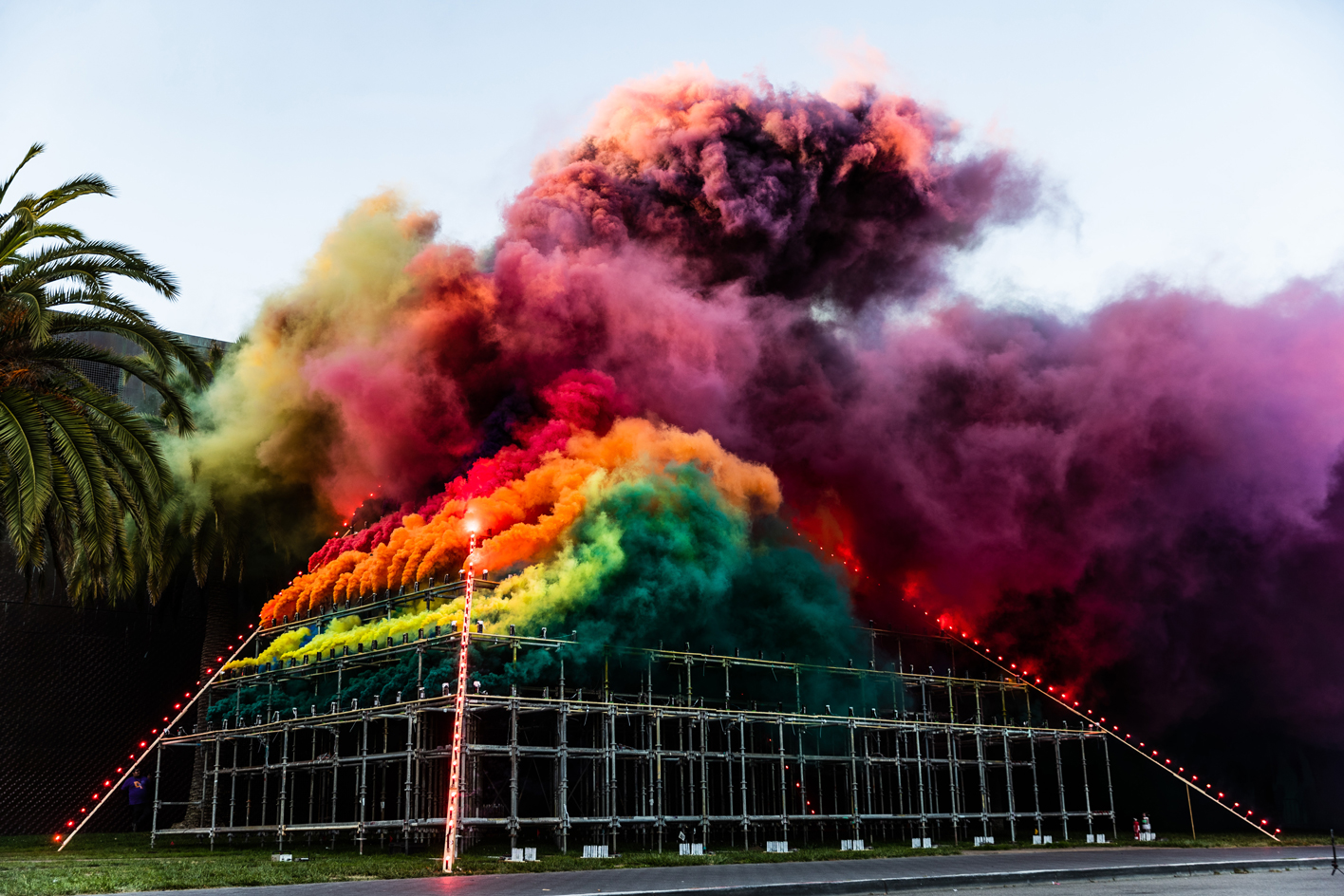
Forever de Young, 2021, fireworks performance by Judy Chicago in collaboration with Pyro Spectaculars by Souza. Courtesy of the Fine Arts Museums of San Francisco
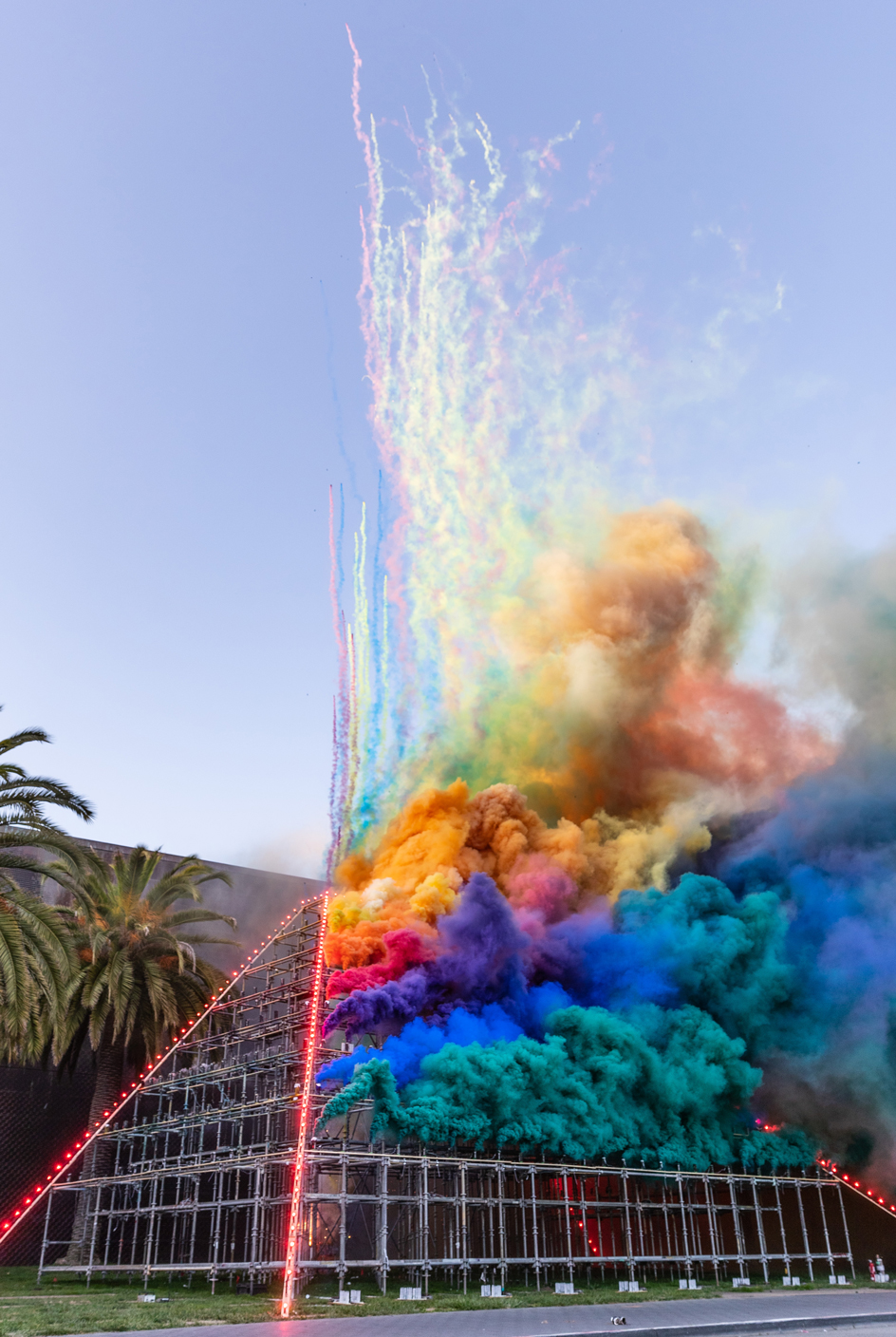
Forever de Young, 2021, fireworks performance by Judy Chicago in collaboration with Pyro Spectaculars by Souza. Courtesy of the Fine Arts Museums of San Francisco
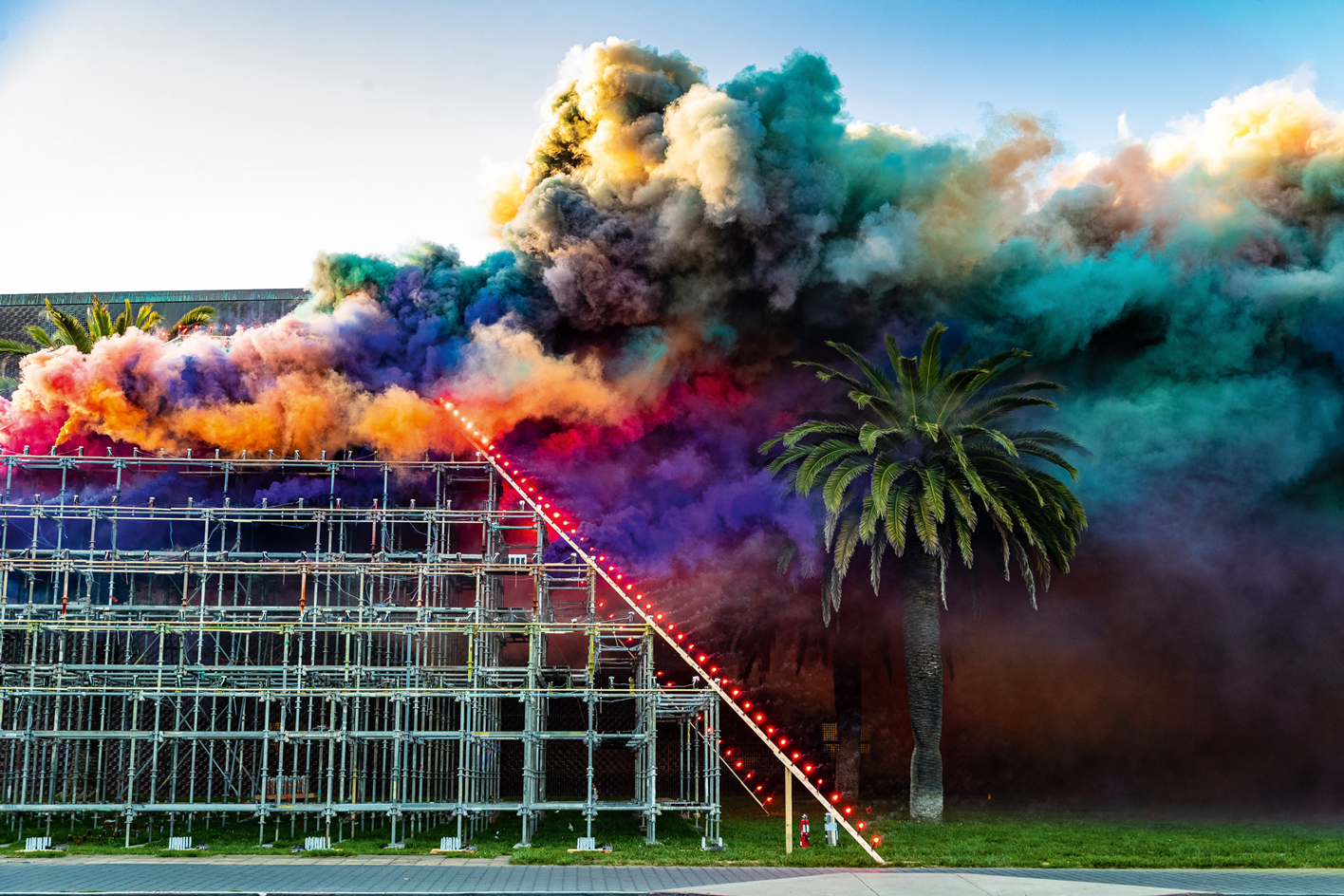
Forever de Young, 2021, fireworks performance by Judy Chicago in collaboration with Pyro Spectaculars by Souza. Courtesy of the Fine Arts Museums of San Francisco
INFORMATION
Receive our daily digest of inspiration, escapism and design stories from around the world direct to your inbox.
Judy Chicago’s cover is the latest addition to the Wallpaper* limited-edition cover series, which features a specially created artwork by a different artist, architect or designer each issue, available exclusively to subscribers.
judychicago.com; deyoung.famsf.org
Harriet Lloyd-Smith was the Arts Editor of Wallpaper*, responsible for the art pages across digital and print, including profiles, exhibition reviews, and contemporary art collaborations. She started at Wallpaper* in 2017 and has written for leading contemporary art publications, auction houses and arts charities, and lectured on review writing and art journalism. When she’s not writing about art, she’s making her own.
-
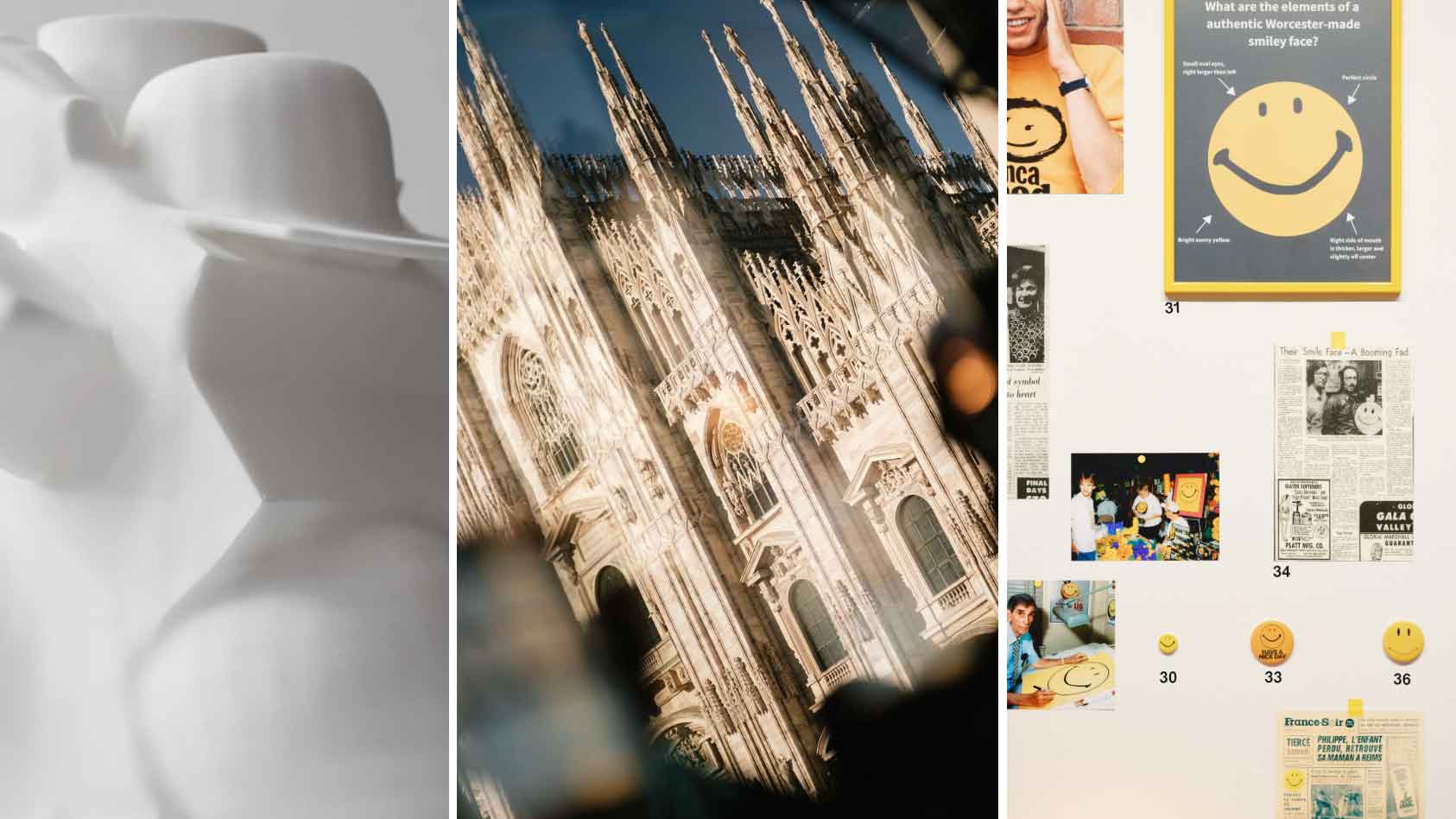 We asked six creative leaders to tell us their design predictions for the year ahead
We asked six creative leaders to tell us their design predictions for the year aheadWhat will be the trends shaping the design world in 2026? Six creative leaders share their creative predictions for next year, alongside some wise advice: be present, connect, embrace AI
-
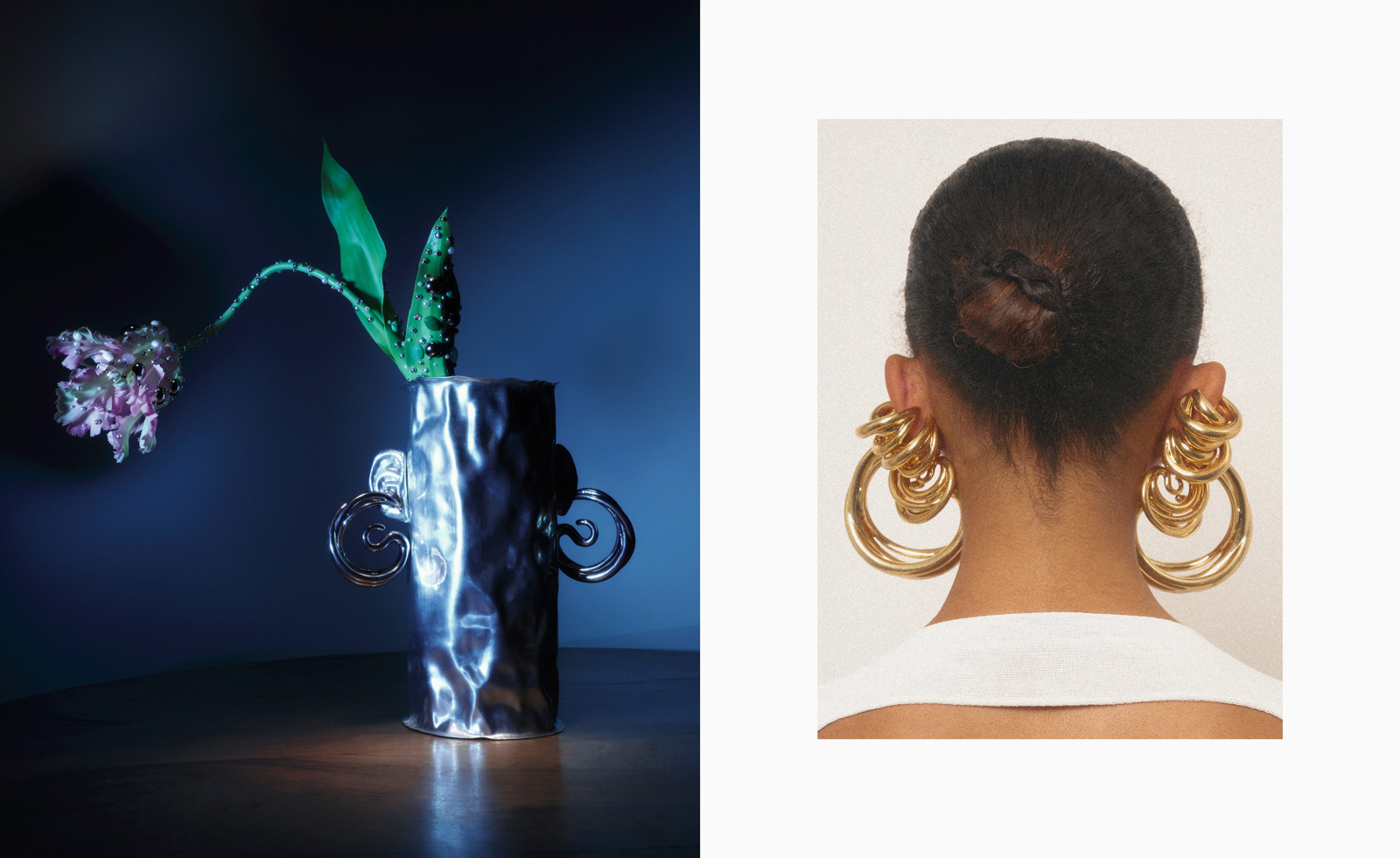 10 watch and jewellery moments that dazzled us in 2025
10 watch and jewellery moments that dazzled us in 2025From unexpected watch collaborations to eclectic materials and offbeat designs, here are the watch and jewellery moments we enjoyed this year
-
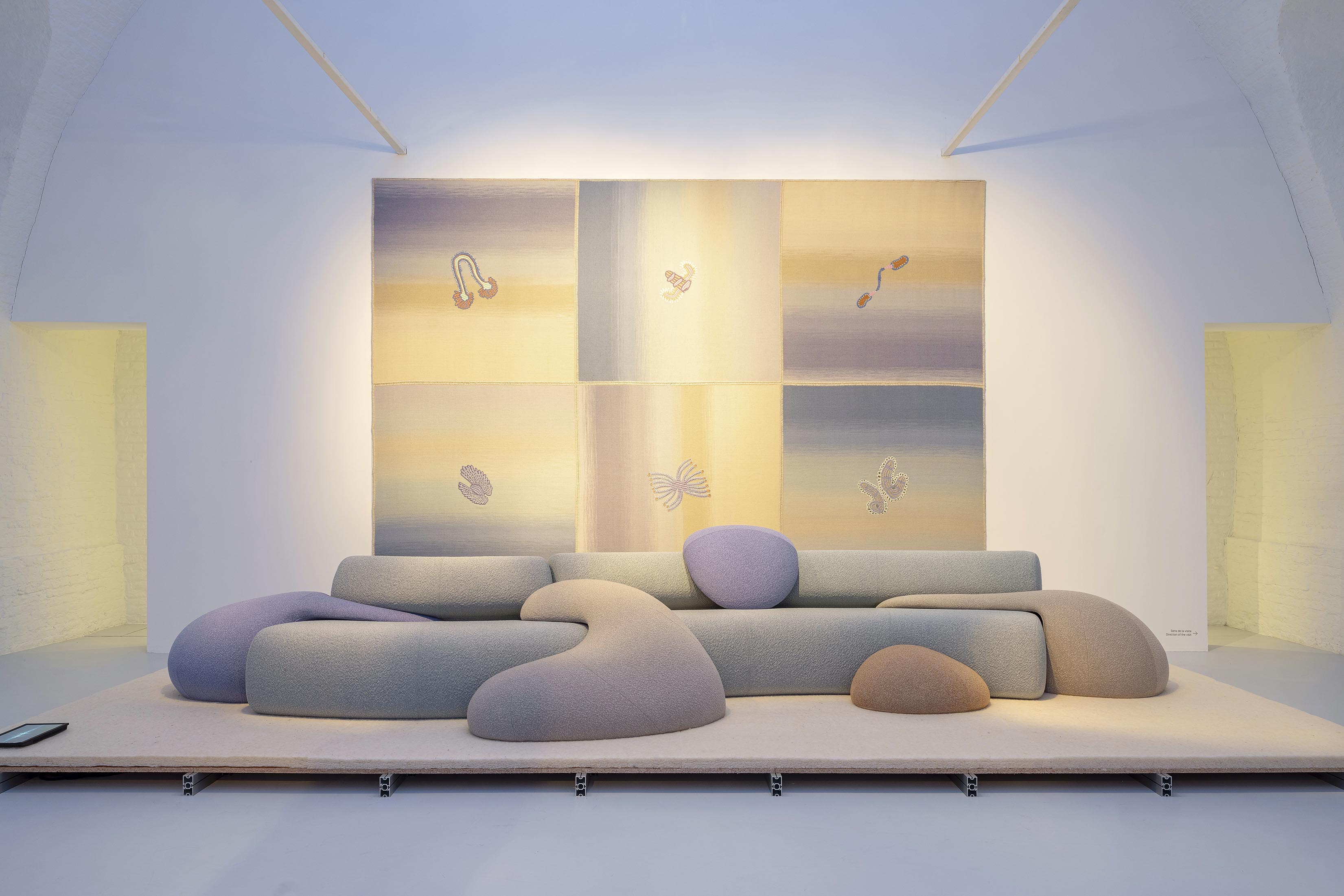 Patricia Urquiola reveals an imaginative inner world in ‘Meta-Morphosa’
Patricia Urquiola reveals an imaginative inner world in ‘Meta-Morphosa’From hybrid creatures and marine motifs to experimental materials and textiles, Meta-Morphosa presents a concentrated view of Patricia Urquiola’s recent work
-
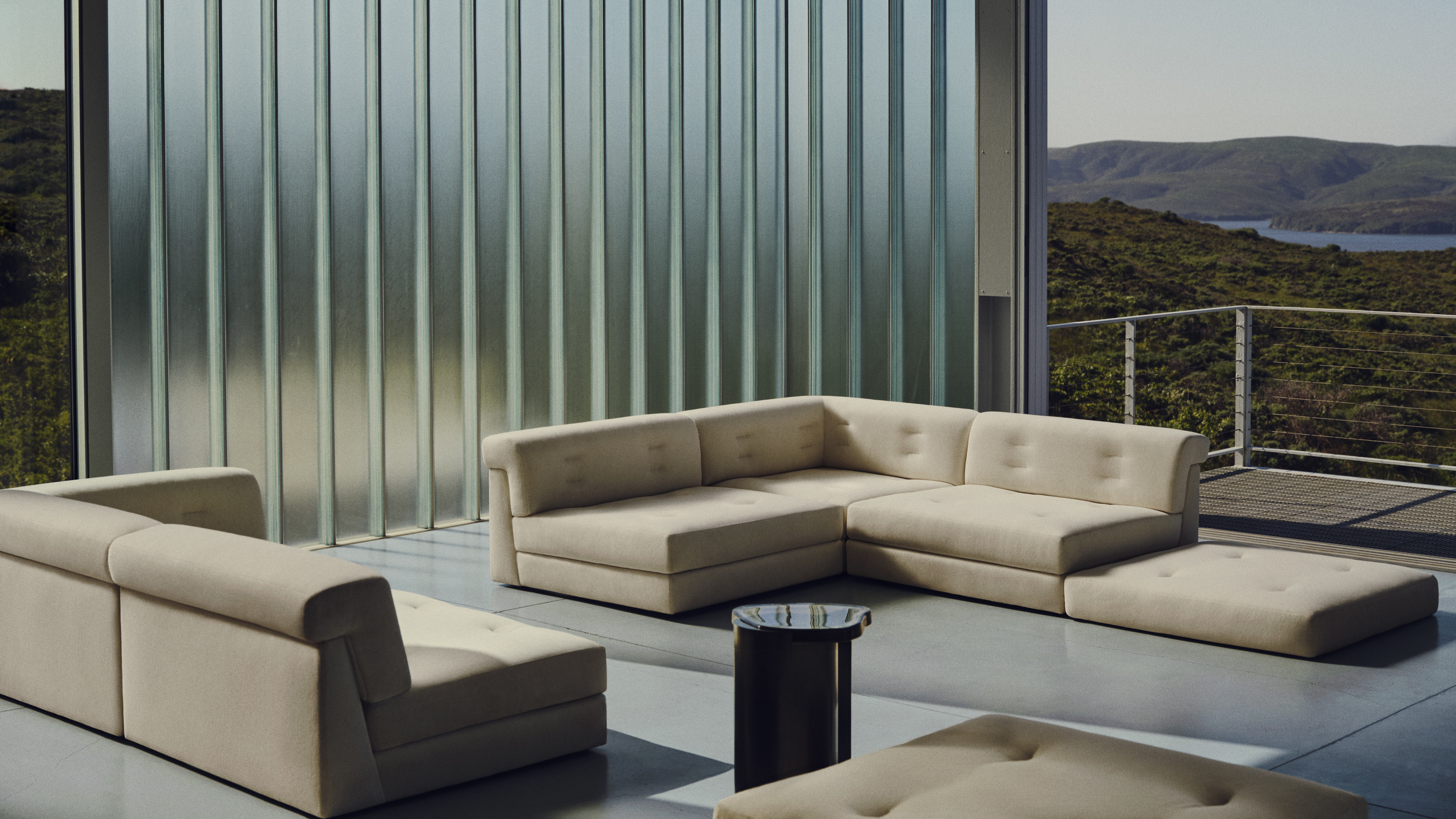 New furniture from Maiden Home elevates elemental materials through unique design
New furniture from Maiden Home elevates elemental materials through unique designFinely crafted and exquisitely formed, the New York furniture brand’s latest designs find their perfect showcase at a modernist Californian home
-
 Wallpaper* USA 400: The people shaping Creative America in 2025
Wallpaper* USA 400: The people shaping Creative America in 2025Our annual look at the talents defining the country’s creative landscape right now
-
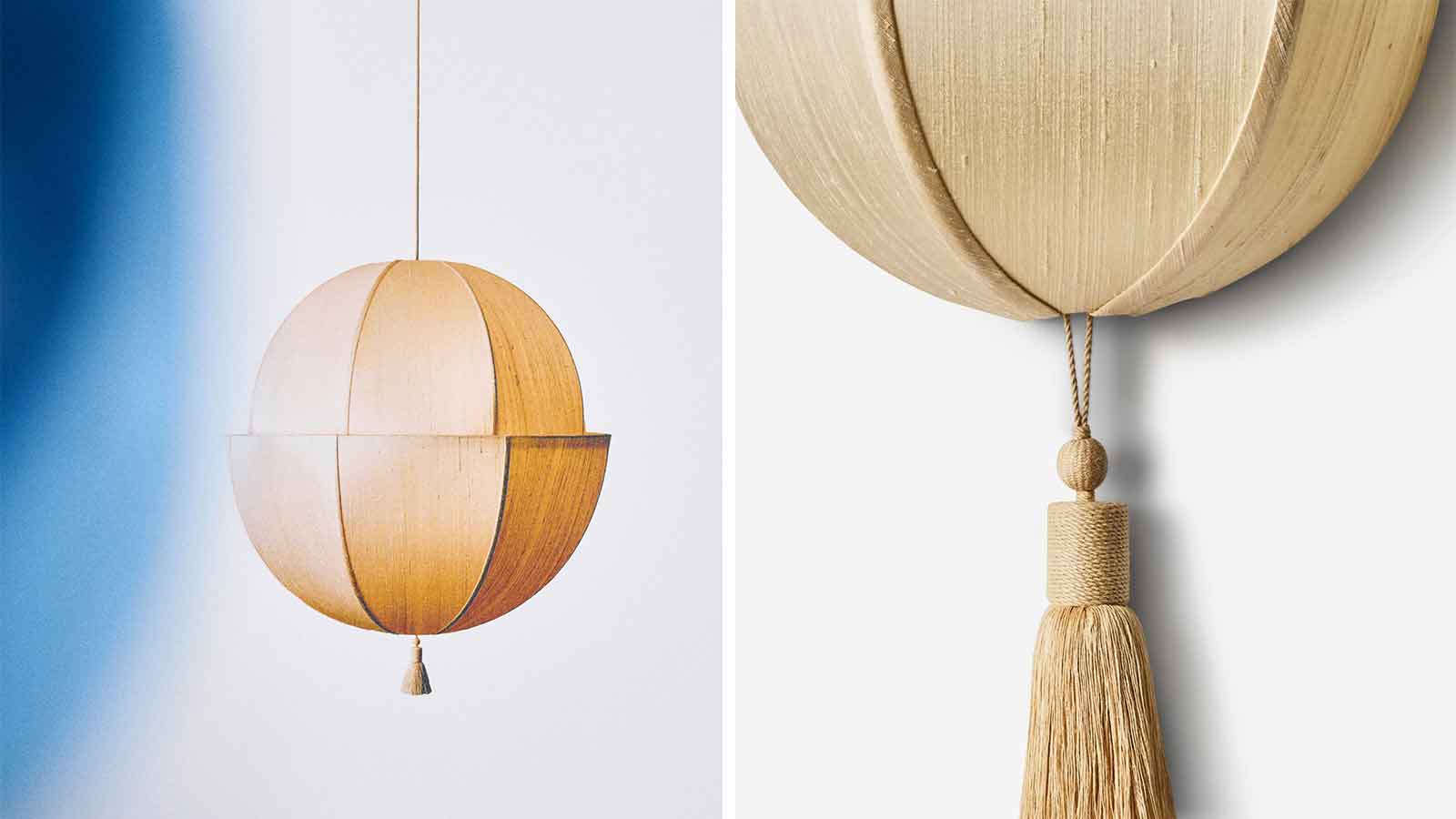 Workstead's lanterns combine the richness of silk with a warm glow
Workstead's lanterns combine the richness of silk with a warm glowAn otherworldly lamp collection, the Lantern series by Workstead features raw silk shades and nostalgic silhouettes in three designs
-
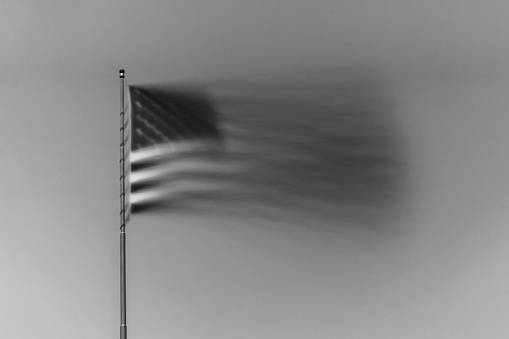 Can creativity survive in the United States?
Can creativity survive in the United States?We asked three design powerhouses to weigh in on this political moment
-
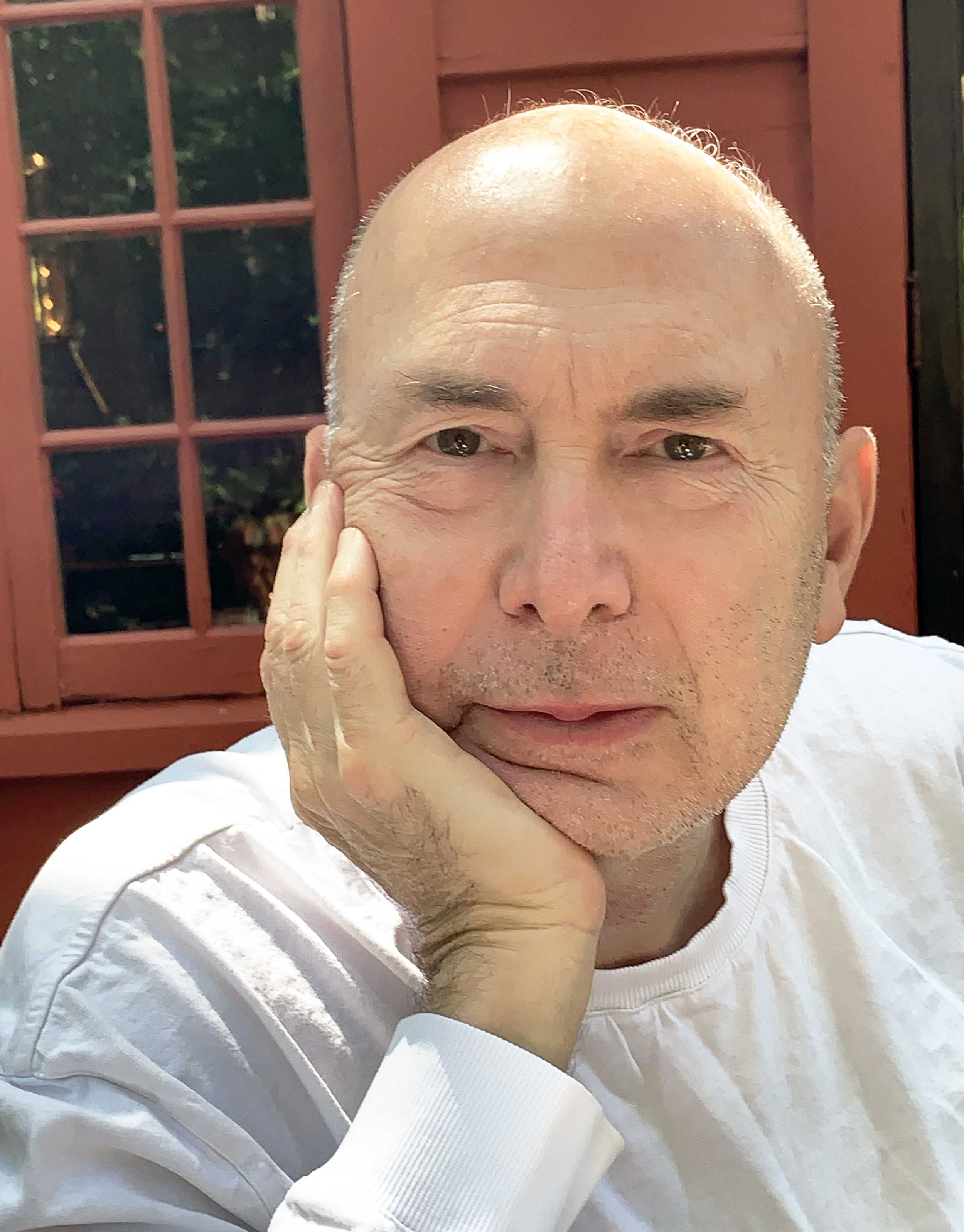 Murray Moss: 'We must stop the erosion of our 250-year-old American culture'
Murray Moss: 'We must stop the erosion of our 250-year-old American culture'Murray Moss, the founder of design gallery Moss and consultancy Moss Bureau, warns of cultural trauma in an authoritarian state
-
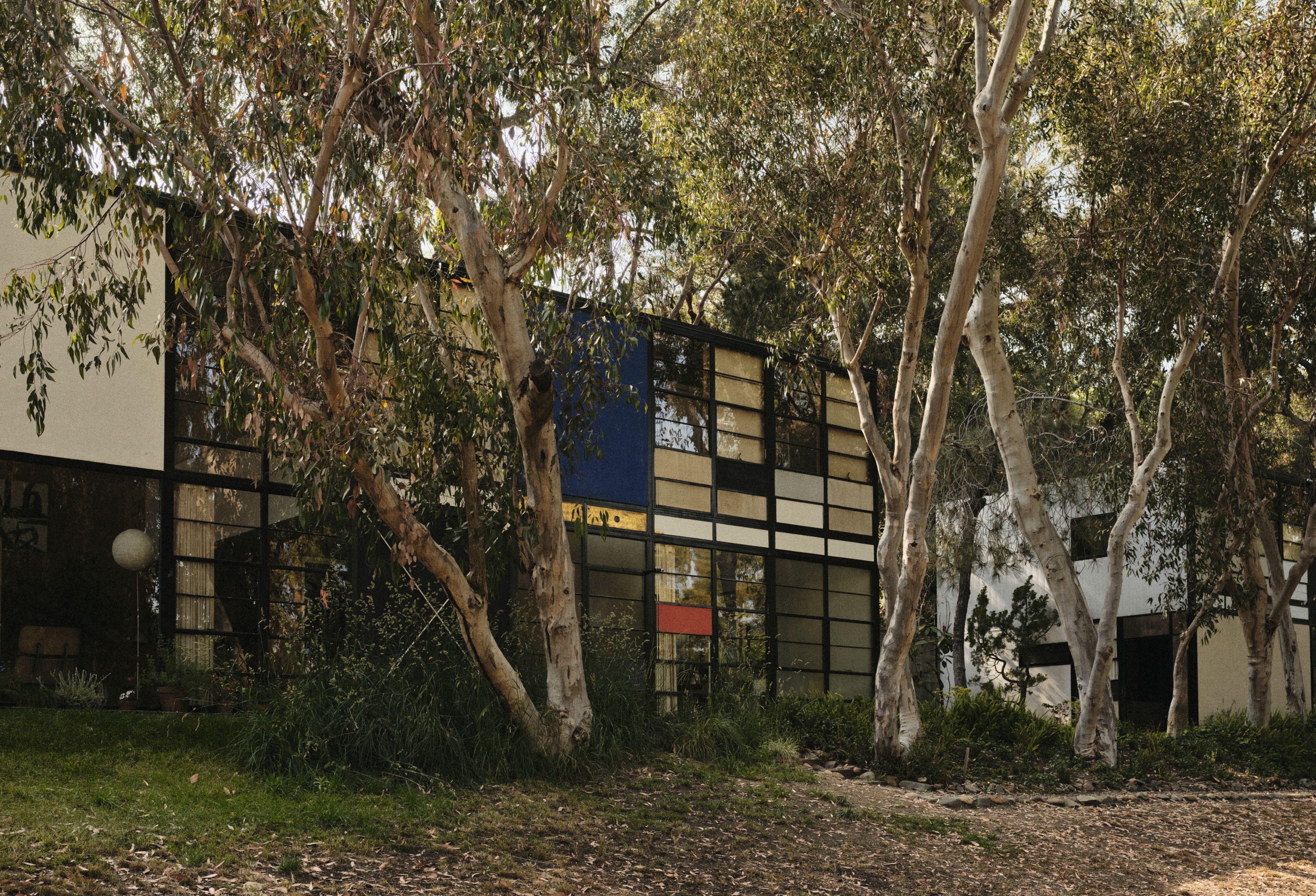 ‘You can feel their presence’: step inside the Eameses’ Pacific Palisades residence
‘You can feel their presence’: step inside the Eameses’ Pacific Palisades residenceCharles and Ray Eames’ descendants are exploring new ways to preserve the designers’ legacy, as the couple’s masterpiece Pacific Palisades residence reopens following the recent LA fires
-
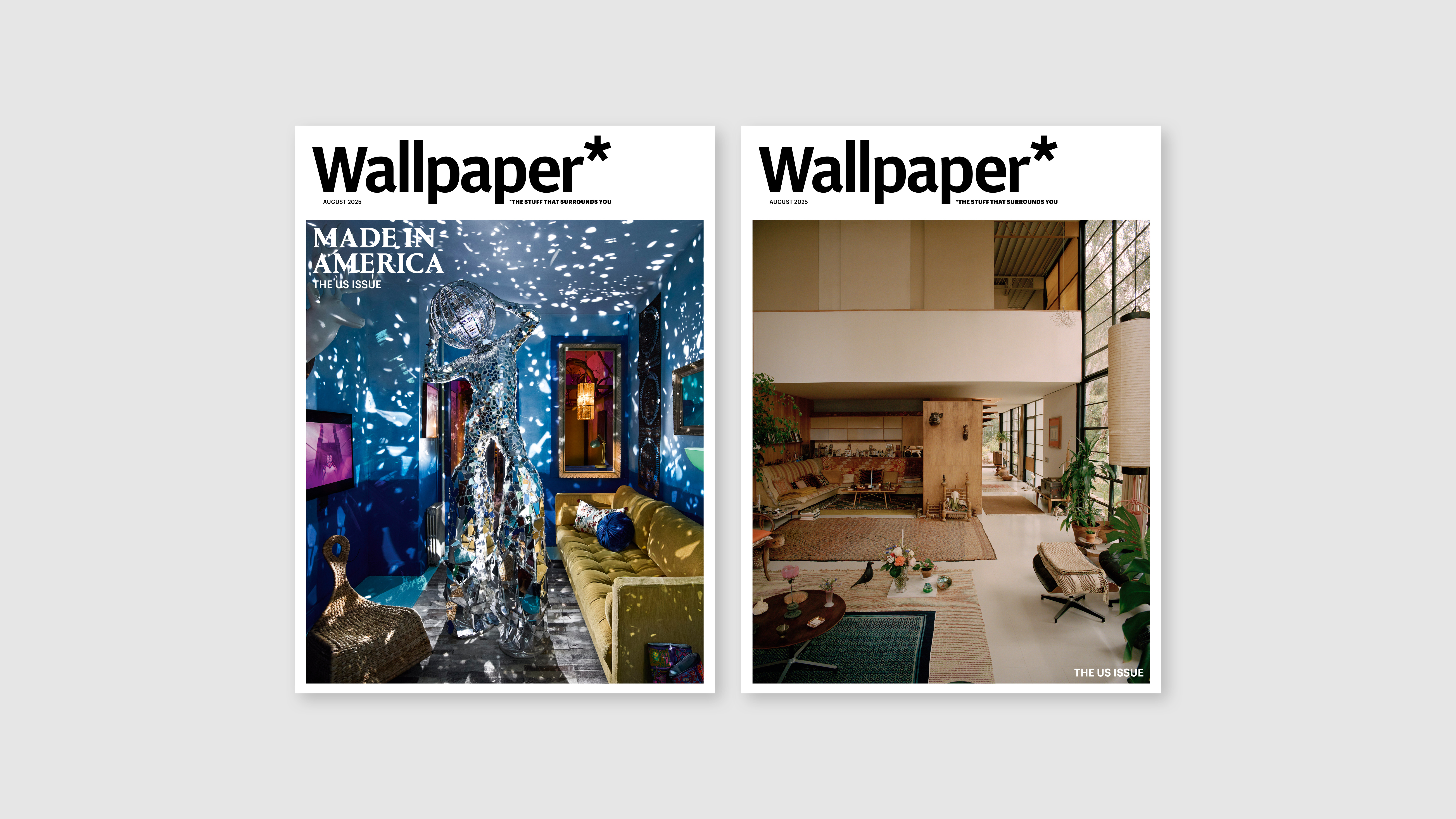 2025’s Wallpaper* US issue is on sale now, celebrating creative spirit in turbulent times
2025’s Wallpaper* US issue is on sale now, celebrating creative spirit in turbulent timesFrom a glitterball stilt suit to the Eames House, contemporary design to a century-old cocktail glass – the August 2025 US issue of Wallpaper* honours creativity that shines and endures. On newsstands now
-
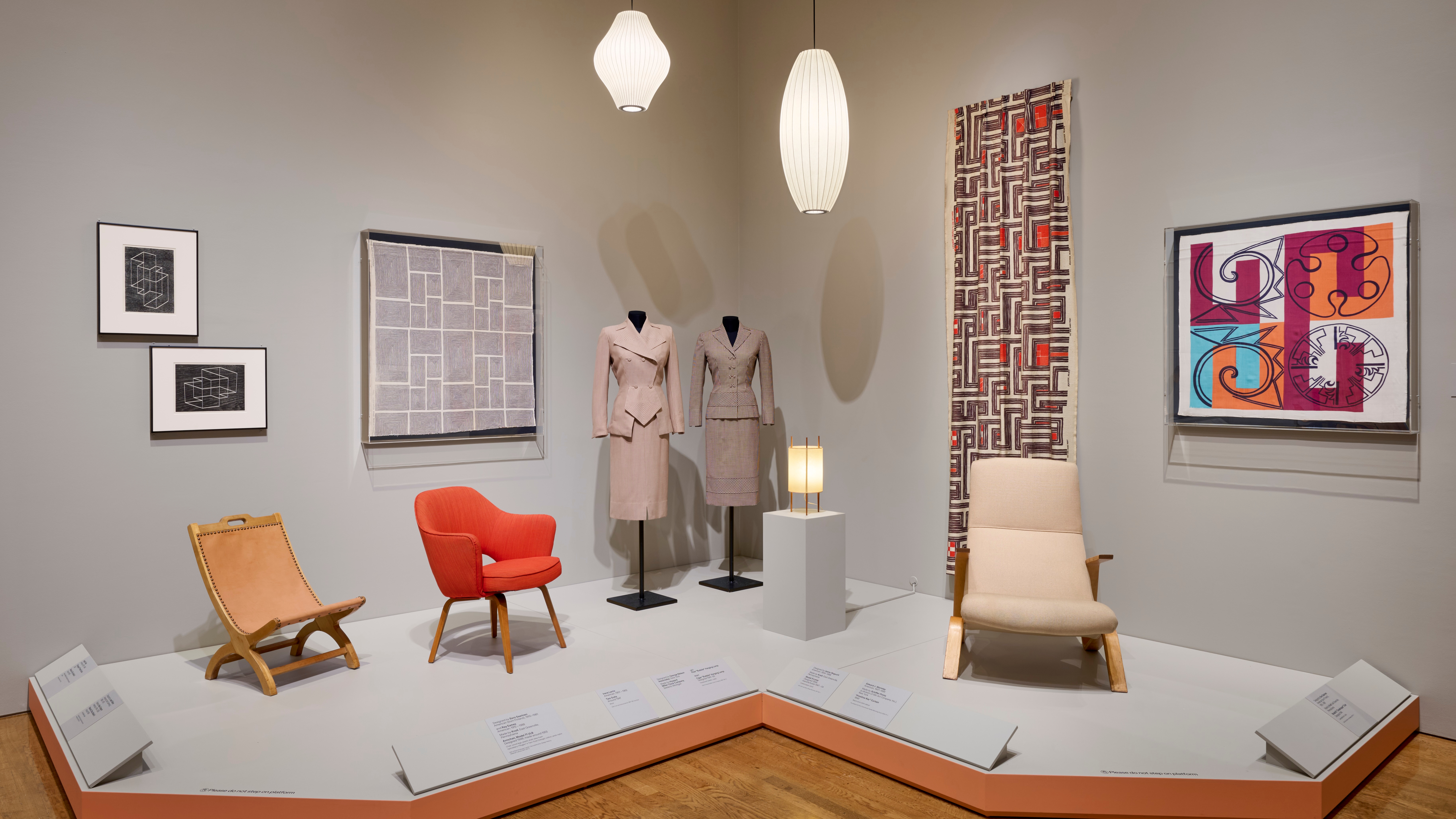 ‘Boom: Art and Design in the 1940s’ explores the creative resilience of the decade
‘Boom: Art and Design in the 1940s’ explores the creative resilience of the decadeNoguchi and Nakashima are among those who found expression and innovation in the adversity of the 1940s; take a walk through the Philadelphia Museum of Art exhibition